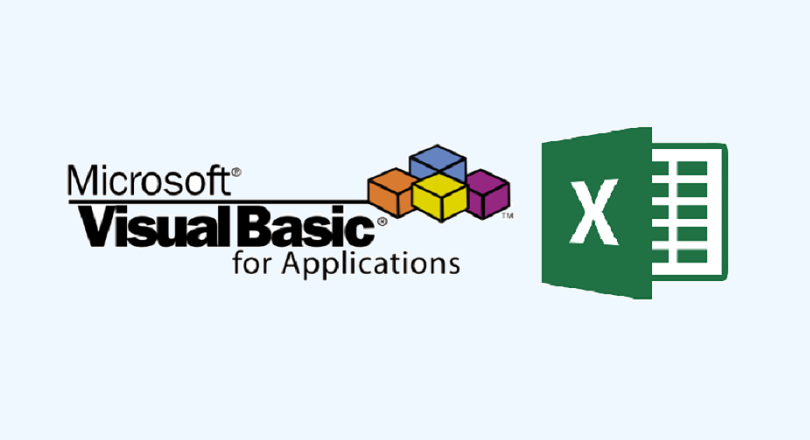
Free eBooks for Beginners
Error handling is a crucial part of programming, and VBA (Visual Basic for Applications) is no exception. When you are writing VBA code, it’s important to anticipate and manage potential errors to ensure that your code runs smoothly and produces the desired results. In this article, we’ll discuss error handling in VBA for beginners.
Error handling in VBA refers to the process of anticipating and managing errors that can occur when your code is executed. There are several different types of errors that can occur in VBA, including run-time errors, syntax errors, and logic errors. Each type of error requires a different approach to handling it, but the goal of error handling is always the same: to prevent errors from impacting the user experience and to ensure that your code continues to run even if an error occurs.
One of the most common techniques for error handling in VBA is to use the “On Error” statement. This statement allows you to specify what the code should do if an error occurs. For example, you could use the “On Error” statement to display a message to the user, log the error in a file for later review, or resume the code execution at a specific point after the error has occurred.
Another important aspect of error handling in VBA is the use of error-handling routines. These are blocks of code that are executed when an error occurs, and they provide you with the opportunity to manage the error and continue with the code execution. For example, you could use an error-handling routine to log the error in a file, display a message to the user, or skip over the code that caused the error and continue with the rest of the code.
Debugging is another key aspect of error handling in VBA. Debugging refers to the process of identifying and fixing errors in your code, and it’s an important part of the development process. The VBA editor provides several debugging tools, including the “Break” command, which allows you to pause the code execution and step through the code line by line, and the “Debug.Print” command, which allows you to display the value of variables and objects at different points in the code.
In conclusion, error handling is an essential part of programming with VBA, especially for beginners. By anticipating and managing potential errors, you can ensure that your code runs smoothly and produces the desired results, even in the face of errors. Whether you’re a beginner or an advanced VBA user, taking the time to understand and implement effective error handling techniques can help you to develop better VBA code and avoid errors in the future.
VBA for Beginners – Chapter 46 : Error Handling
 Loading...
Loading...
Disclaimer: The information and code presented within this recipe/tutorial is only for educational and coaching purposes for beginners and developers. Anyone can practice and apply the recipe/tutorial presented here, but the reader is taking full responsibility for his/her actions. The author (content curator) of this recipe (code / program) has made every effort to ensure the accuracy of the information was correct at time of publication. The author (content curator) does not assume and hereby disclaims any liability to any party for any loss, damage, or disruption caused by errors or omissions, whether such errors or omissions result from accident, negligence, or any other cause. The information presented here could also be found in public knowledge domains.